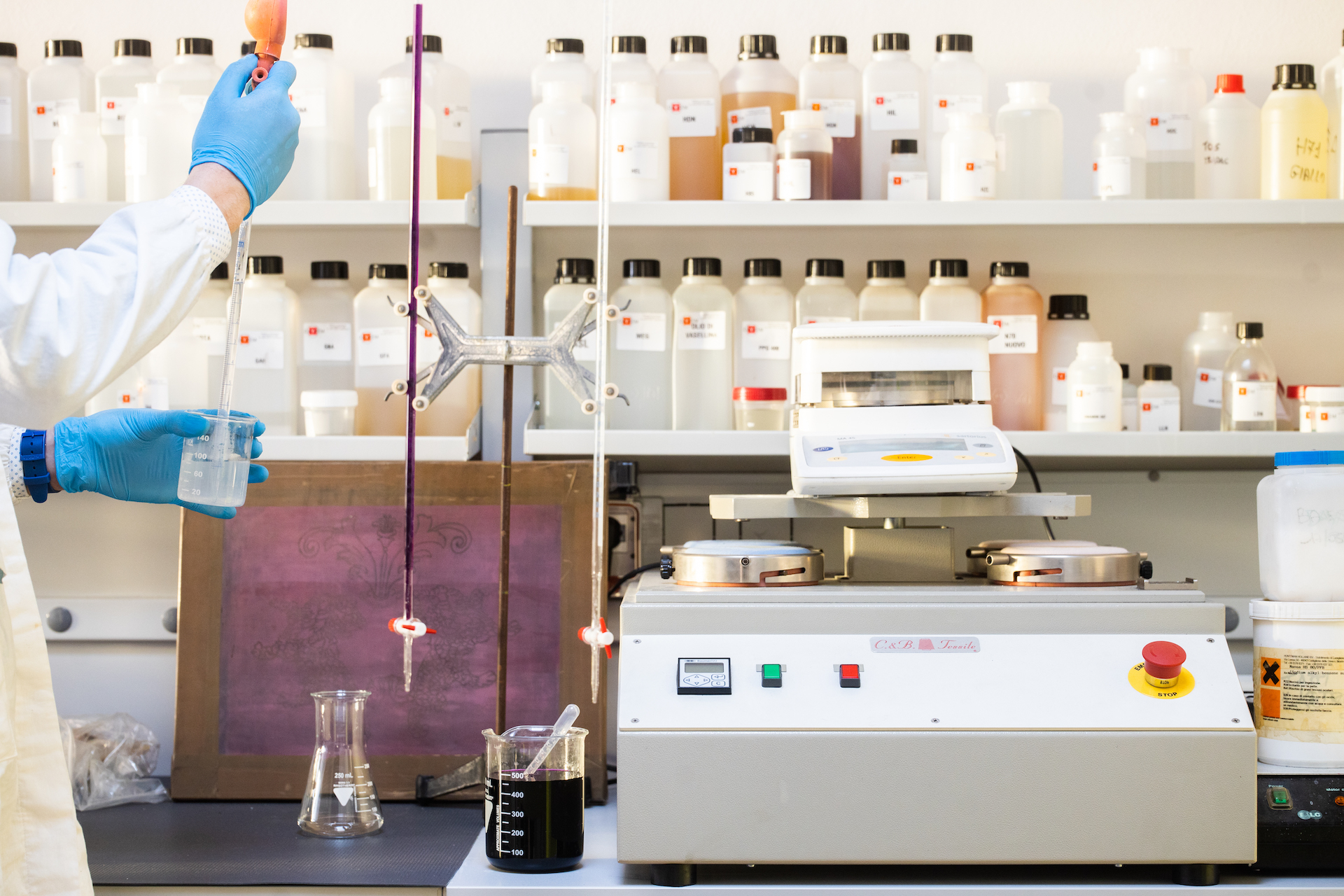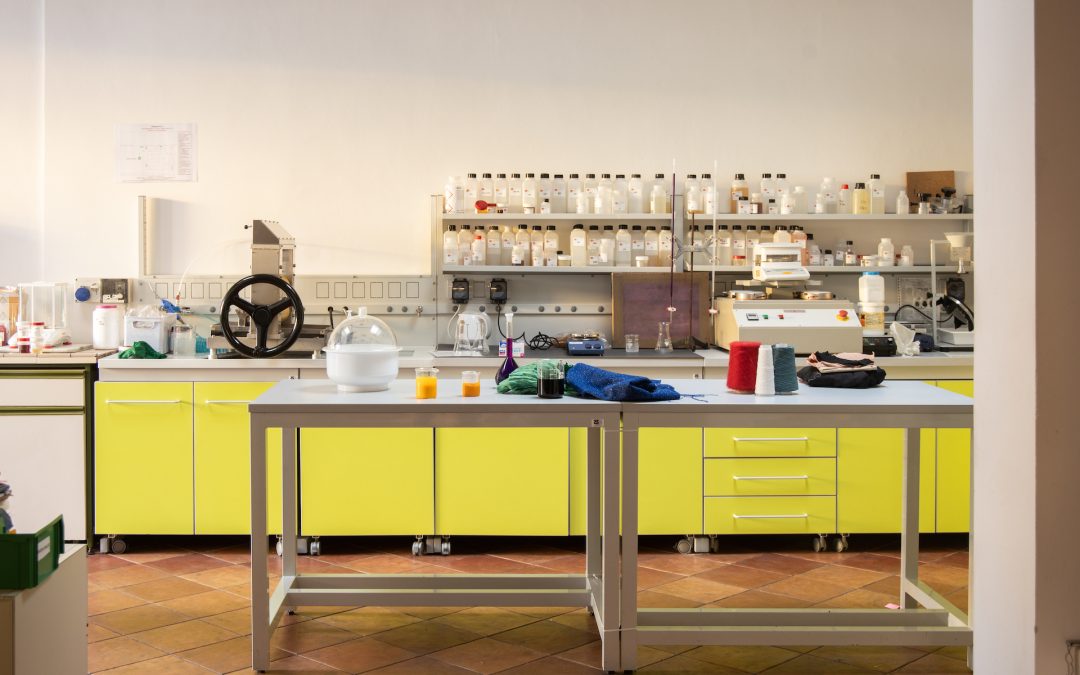One of the most important issues related to the fashion industry is the high use of dangerous chemicals to human health and the environment.
In 2011 Greenpeace launched the Detox campaign. Five years later, Consorzio Italiano Implementazione Detox was born, joining a group of Italian companies members of Confindustria Toscana Nord, with the goal of limiting and eliminating the use of these toxic substances from the fashion industry. Principles in line with the Greenpeace campaign.
Also with a view to information and education comes Cikis, a consulting agency that helps fashion companies design, implement and communicate the most effective sustainability practices.
In an interview in December 2022 with Consorzio President Andrea Cavicchi, the big picture in chemical management and next steps toward a safer future emerged.
Results achieved by the Consorzio Detox project
The project carried out by the Consorzio started in 2016 with the desire to support companies in eliminating toxic chemicals from textile processes.
During research, it was discovered that, in some cases, companies enter dangerous substances even without knowing it.
Thus, the need to examine not only all the components used, but also the input and waste water, and declare the possible presence of hazards to suppliers. This has resulted, therefore, in the marked decrease of several dangerous chemicals from the processes of the fashion industry.
From this perspective, the Detox campaign has been, and continues to be, instrumental in changing the approach to testing. Before then, in fact, the study was limited to analyzing the finished garment and not all the production steps. This way, on the other hand, companies have the opportunity to know the risks and consequently avoid them.
Damage resulting from the use of chemicals
Perfluorates (PFCs) are frequently used in the manufacture of sports and outdoor products because they are impermeable to water and oil. The use of PFCs, however, is often associated with serious health effects, including kidney and testicular cancers.
In fact, these substances don’t exist in nature, and once released into the environment they degrade slowly and with difficulty, making contamination almost irreversible.
In this way perfluorates enter in the food chain, going to increase the risk of developing cancer diseases.

What are the priorities that companies need to focus on?
From the perspective of managing dangerous chemicals in the textile supply chain, it is essential to make the companies involved in the different stages of production aware and sensitized.
This gives companies the tools to monitor and trace the production chain, reconstructing the entire manufacturing cycle. A traceability that also serves to empower the consumer. Letting him know all the way that product has gone before it gets into his hands and educating him on the purchase, in fact, can really make a difference.
Next steps: a look into the future
Concluding the interview for Cikis, President Andrea Cavicchi makes a prediction for the future. Detailed product and water analyses, and increased attention at the design stage are just two of the points that textile companies will need to focus on. Increasing attention to these issues will indeed serve to minimize environmental impact during the product life cycle.
Finally, the importance of communicating sustainability practices in a clear and non-misleading way will best succeed in implementing sustainable projects.

